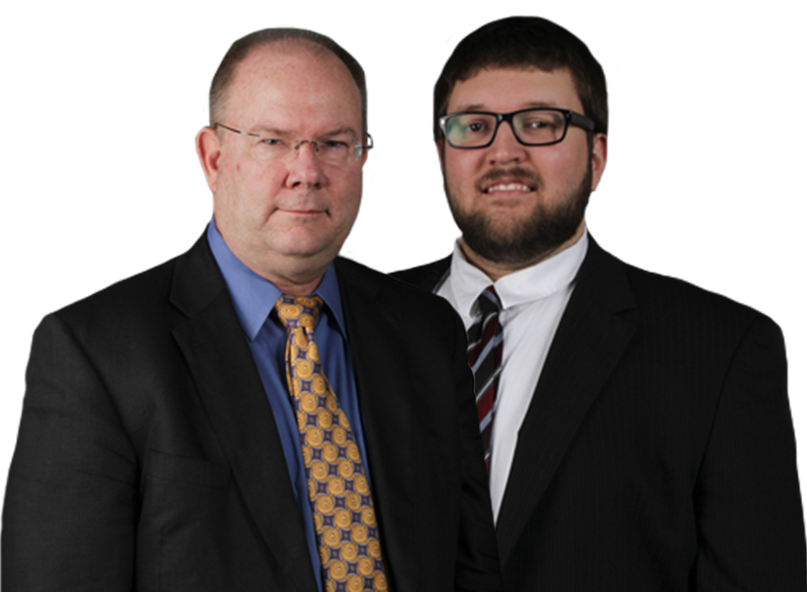Can you file for a chapter 13 bankruptcy after chapter 7?
Filing for a chapter 7 bankruptcy can offer you relief from debt that you’re struggling to repay. It means that certain debts are discharged and you can become debt-free as a result.
There may be debts that cannot be discharged under chapter 7 which you need some help with making affordable repayments, or you may have accrued other debts after filing a chapter 7. In the circumstances, people often look to see if they can seek relief under chapter 13 as well.
The question is: can you do this and, if so, how long do you have to wait?
You can file for bankruptcy under chapter 13 after chapter 7
So yes, the short answer is you can file for bankruptcy again under chapter 13 if you’ve already filed under chapter 7.
You might want to do this if you have secured debts that aren’t covered under chapter 7 such as a mortgage or car payment and you’re struggling to make the payments to the lender. A chapter 13 bankruptcy can help you to consolidate all of your payments into one, affordable monthly payment. You then have a certain amount of time in which to pay everything off – a plan usually lasts between three and five years.
You can apply for a chapter 13 bankruptcy four years after chapter 7. You can apply before this for something called a chapter 20 bankruptcy. This will not discharge your debts any quicker than the four years but people use it as a way to make sure they can address all of their debt in one go and make sure they don’t lose their house or car.
If you’re considering filing for bankruptcy, it’s a good idea to take some advice on the process from someone who knows the area well.

